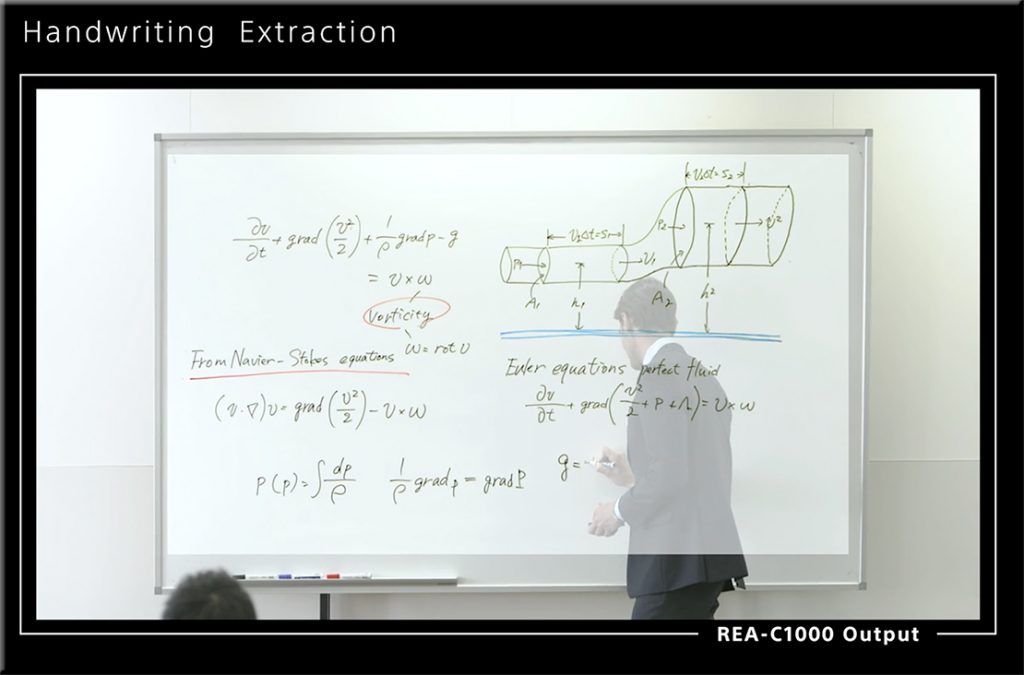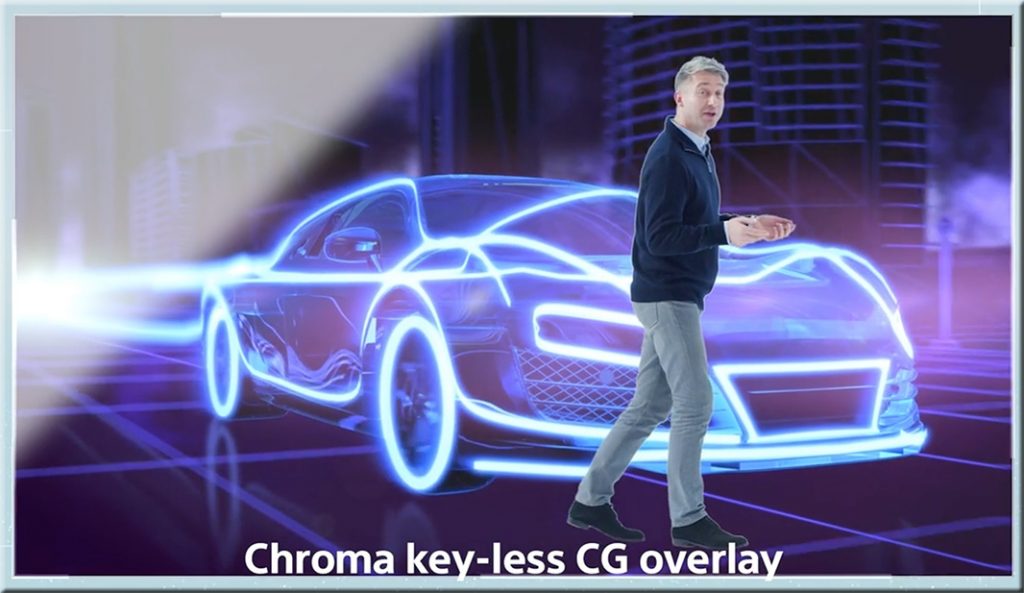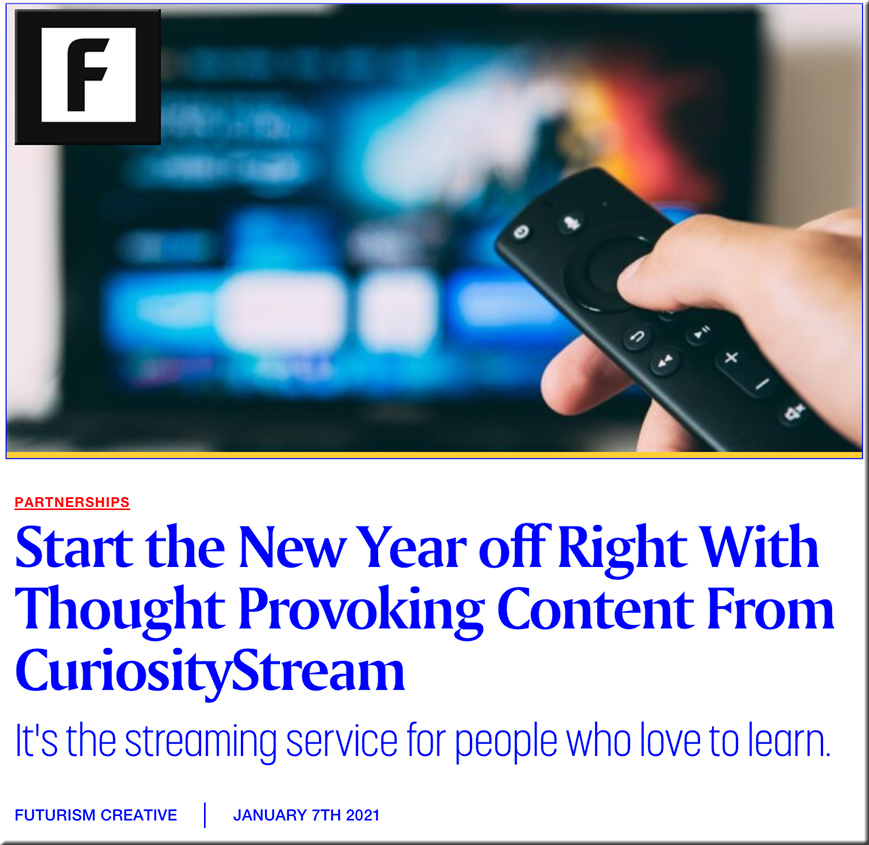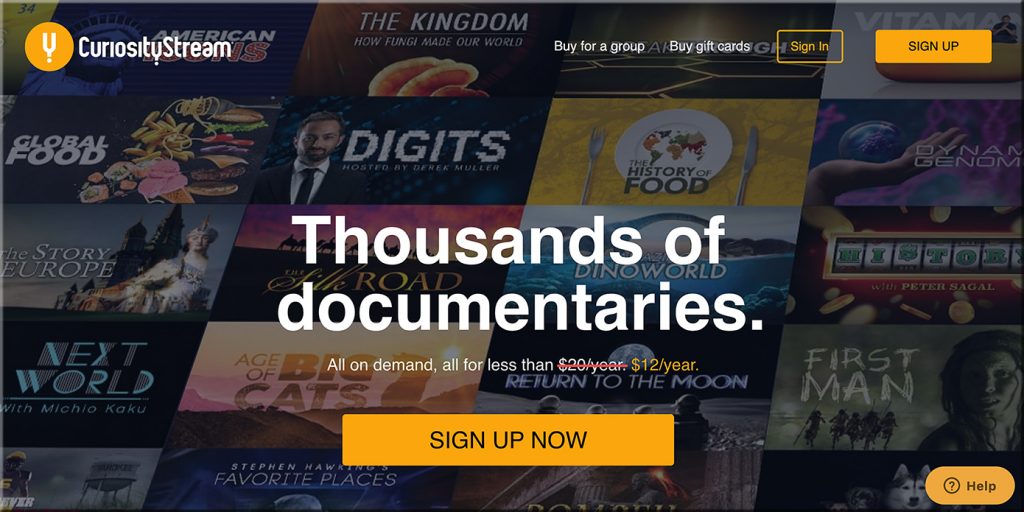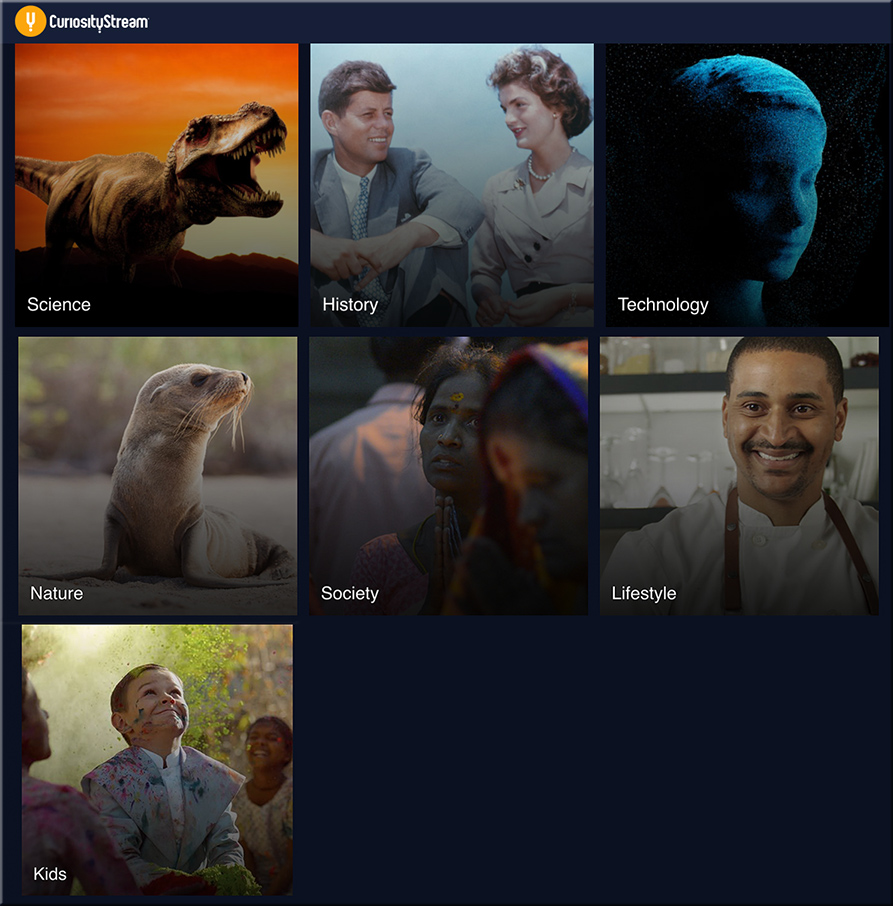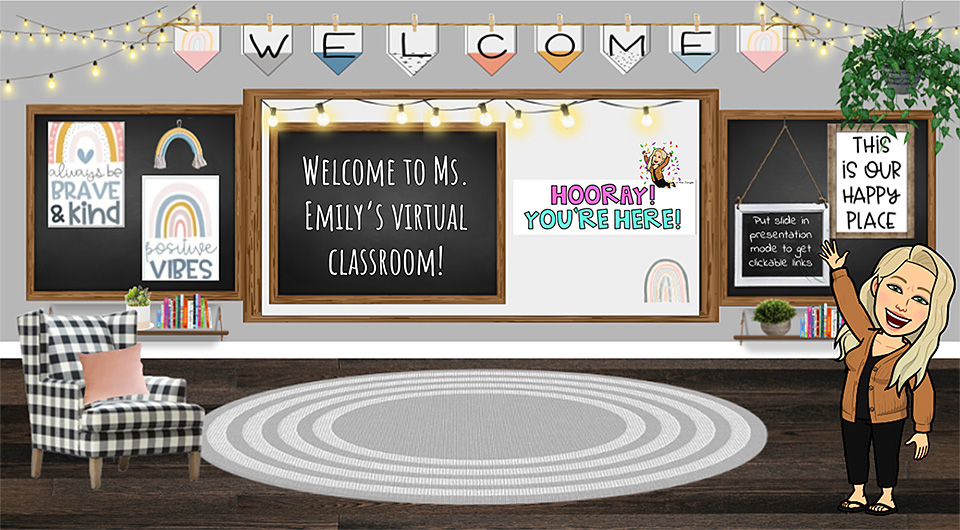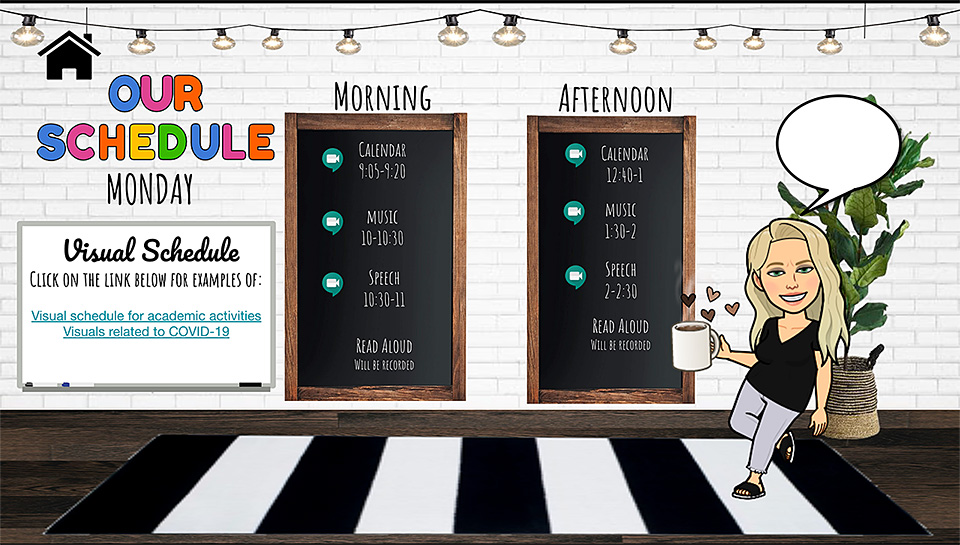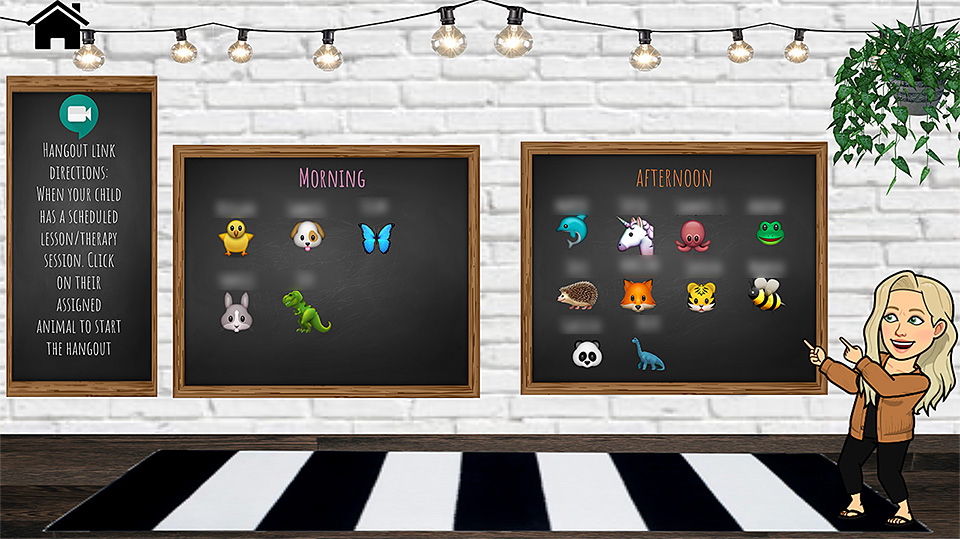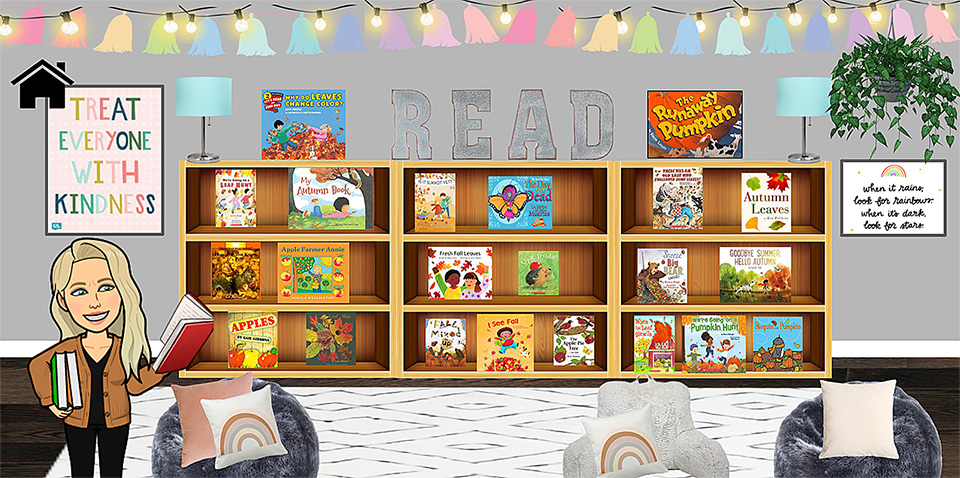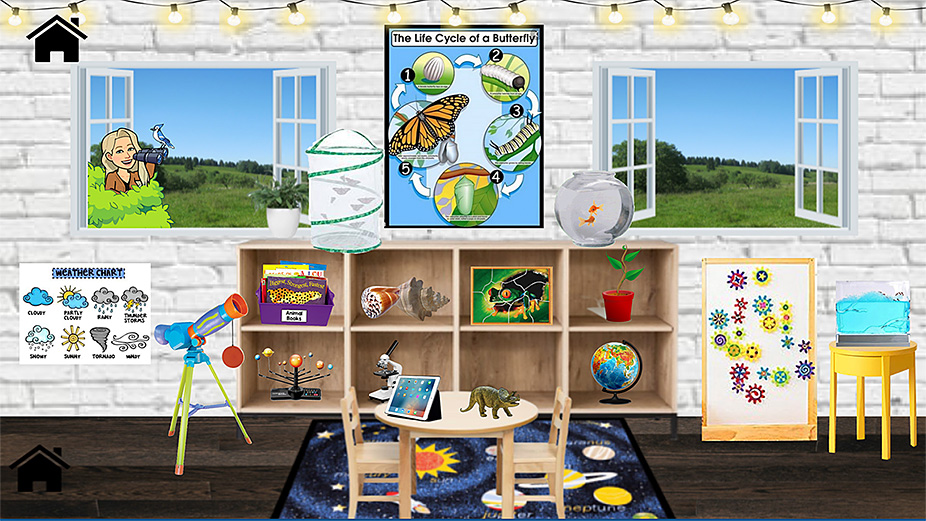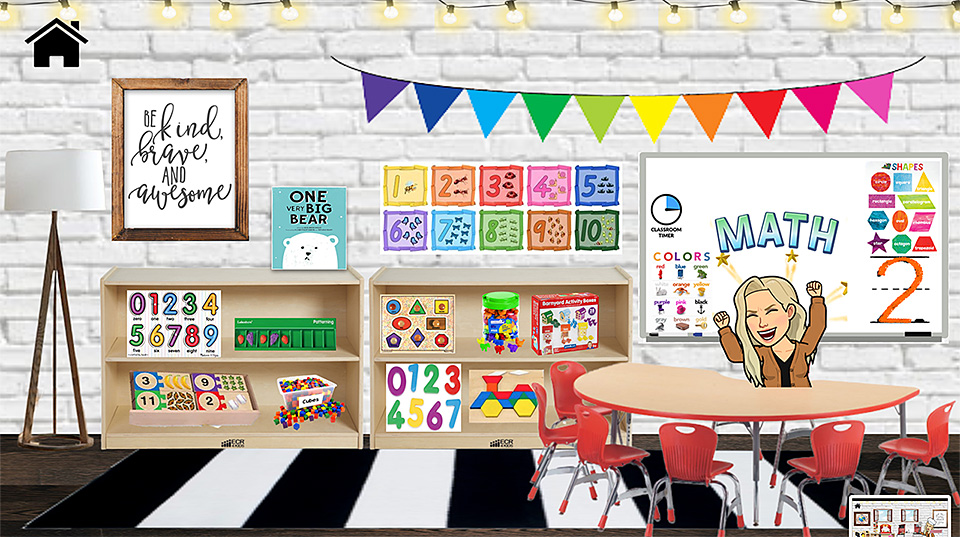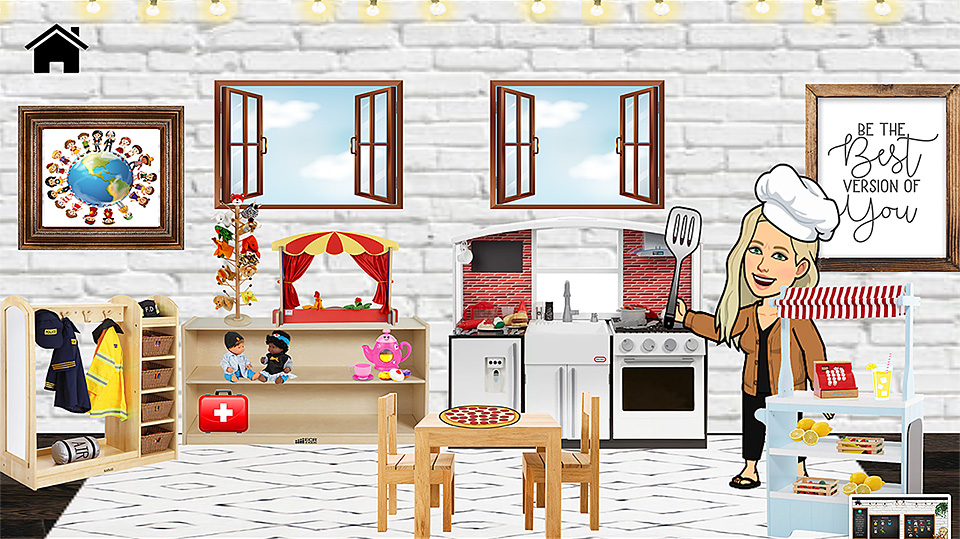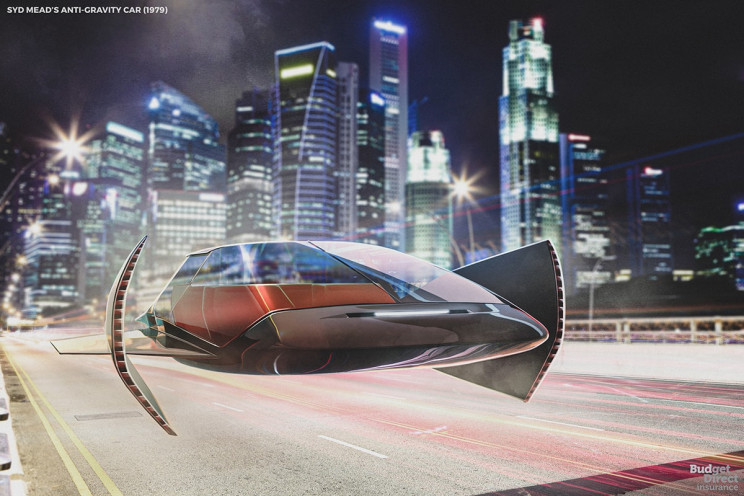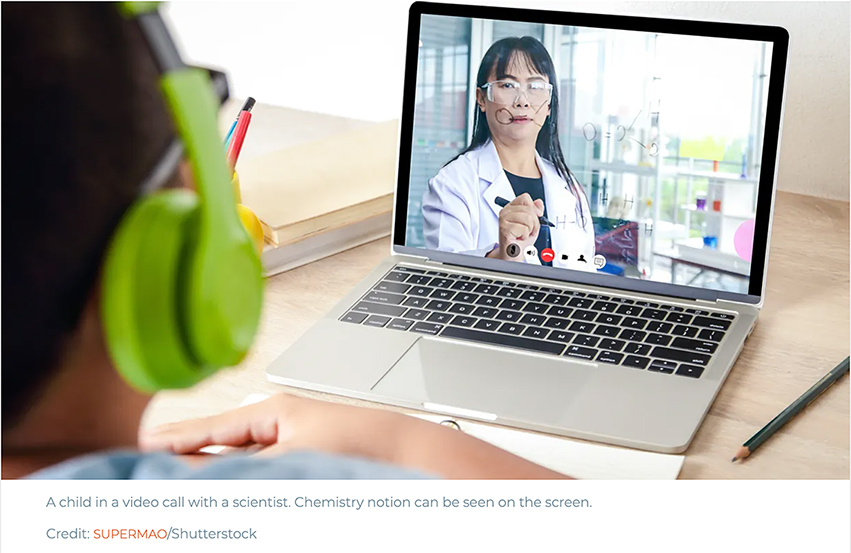Even as colleges pledge to improve, share of engineering and math graduates who are Black declines — from hechingerreport.org by Melba Newsome; with thanks to Ryan Craig for this resource
The supply of Black scientists, engineers and mathematicians is flat or falling even as demand goes up
Excerpt:
Black enrollment in STEM fields — science, technology, engineering and math — is among the issues that urgently demand attention, said Cato Laurencin, CEO of the Connecticut Institute for Clinical and Translational Science. “We need to move from talking about the issue of Blacks in STEM and systemic racism to making concrete changes,” Laurencin said.
The proportion of bachelor’s degrees in science awarded to Black graduates remained flat at about 9 percent from 2001 to 2016, according to the most recent available figures from the National Science Foundation; in engineering, it declined from 5 percent to 4 percent; and in math, it dropped from 7 percent to 4 percent.
This is a scandal. If colleges and universities truly cared about diversity, they would take a hard look at the many barriers that are keeping underrepresented minorities from entering and succeeding in their highest value programs.https://t.co/YUopEZMsTu
— Ryan Craig (@ryancraigap) April 13, 2021










